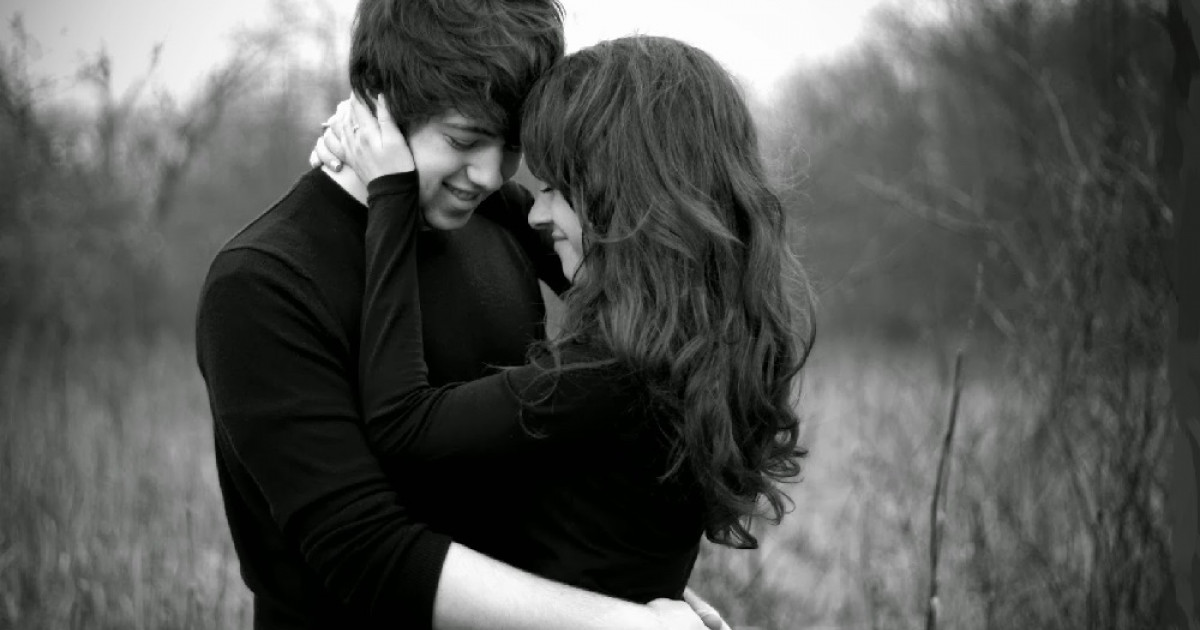8 Types of Hugs and Their Impact on Life
Hugs are powerful non-verbal expressions that convey a spectrum of emotions and intentions. Understanding the subtle variations in how we embrace can reveal deeper insights into our relationships and connections. While often a daily ritual, the specific style of a hug communicates distinct messages.
Decoding Hugs: Understanding Their Meanings
Hugs, much like eye contact, can influence our hormonal responses, leaving a temporary but significant imprint on our perception and mood. Each type of embrace carries its own unique psychological and emotional weight, offering clues about the bond shared between individuals.

1. The Classic Hug
This is one of the most common and recognizable embraces. Both individuals wrap their arms firmly around each other, often resting their heads side-by-side. The use of both arms and the close contact typically make these hugs last more than a fleeting moment, signifying a deep sense of **intimacy and connection**. It’s frequently observed during heartfelt greetings and farewells.
2. The Dance Hug
Characterized by a close, slow embrace, this hug is typically associated with romantic and intimate settings. One person’s hands usually meet behind the other’s neck, while the other person’s arms are around the partner’s waist or joined behind their back. It’s a **romantic connection** often seen in slow dancing, emphasizing closeness and affection.
3. The Eye Contact Hug
A simple yet profoundly intimate embrace where two people hug while maintaining direct eye contact, often with a slight space between their bodies. This type of hug creates a **profound emotional connection**, highlighting transparency and a deep level of understanding or affection between individuals.
4. The Companionship Hug
Considered a “lighter” form of embrace, this hug often involves one arm around the other person’s body, accompanied by gentle pats on the back with the free hand. The heads typically do not touch. It’s a gesture of **casual support** or camaraderie, often exchanged between acquaintances or friends in less intimate situations.

5. The Asymmetrical Hug
In this embrace, one person is typically seated while the other stands. Often carrying **intimate or romantic connotations**, this type of hug is common among couples, signifying comfort, closeness, and sometimes a protective dynamic.
6. The Side Hug
A straightforward hug where one person wraps a single arm around the other’s shoulders, standing side-by-side and often looking in the same direction. This versatile hug can be used in numerous situations, offering **casual affirmation** or support, and allowing individuals to engage in other activities simultaneously.
7. The Distant Hug
This hug involves both individuals leaning significantly forward to embrace, with considerable space remaining between their torsos. It often appears as an obligatory or **formal gesture**, suggesting a cool relationship or a lack of genuine enthusiasm and closeness between the individuals involved.
8. The Unreciprocated Hug
Named for the discomfort it can create, this hug occurs when one person initiates a full embrace, but the other does not reciprocate with the same intensity. The passive receiver might lean into the hug, offer a partial embrace, or simply let their weight rest on the other. This signals **uneven participation** and can indicate underlying distrust or insecurity in the relationship.
Beyond the Basics: Cultural Variations
The types and meanings of hugs can vary across different cultures, with unspoken rules influencing non-verbal communication. While these eight types offer a general framework, the full spectrum of human embrace is diverse and culturally nuanced.

